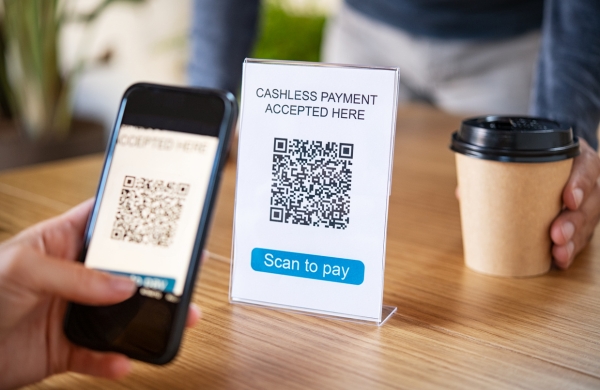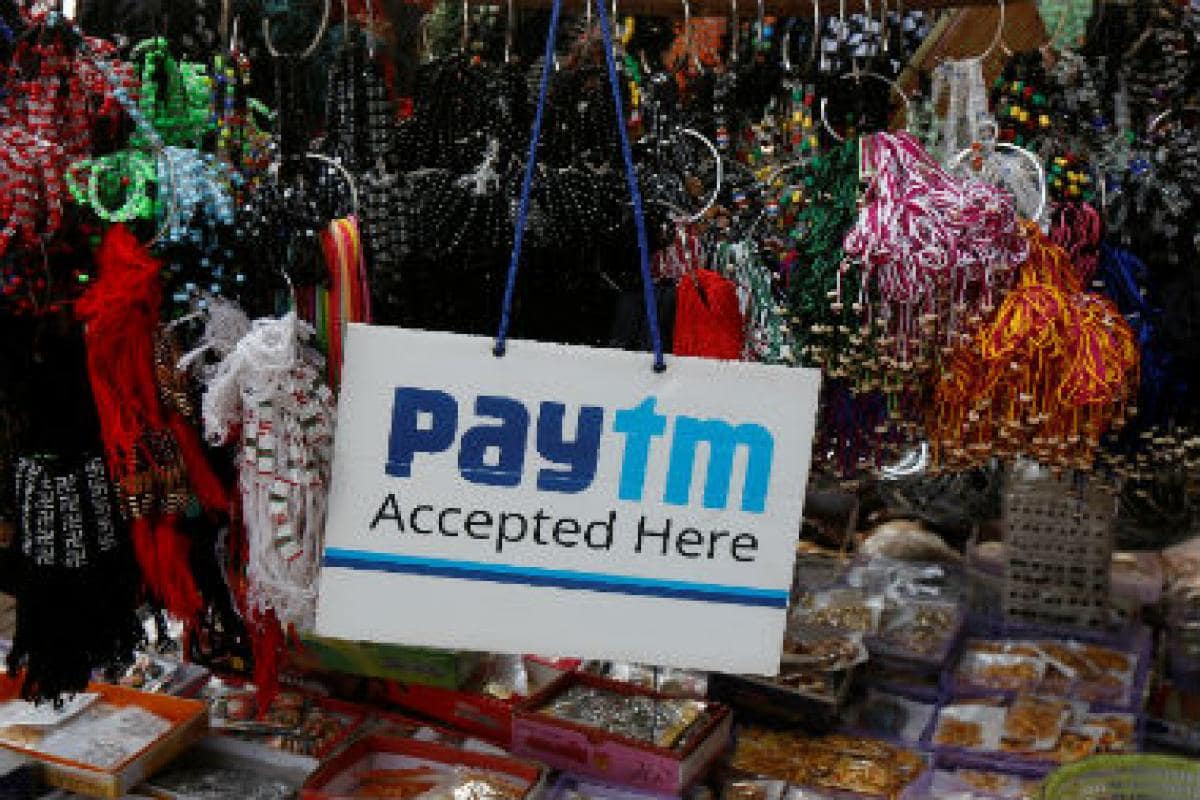
Everywhere you go in India, a remarkable transformation is taking place. The country’s sprawling economy is undergoing a revolution, driven by a homegrown digital payment system that has changed the way people engage with commerce. With the use of smartphones, India’s citizens can now pay for almost anything instantly, a significant departure from the traditional reliance on cash. In this article, we will explore the immense impact of India’s digital payment system, its widespread adoption, and the implications for the country’s economy and society.
The Rise of Digital Payments

India’s digital payment system is based on QR codes, which are omnipresent across the country. From street vendors to store counters and popular attractions, these codes have transformed how transactions are conducted in what is now the world’s most populous nation. To use the system, individuals need a smartphone and a linked bank account.
They simply scan the QR code, enter their password, and the payment is processed instantaneously, without any physical exchange of cash. These codes have not only revolutionized transactions, but also brought a significant number of people into the formal economy, spanning all corners of the country.
Also Read: Nvidia Surges Toward $1 Trillion Market Value on AI Boom
Unparalleled Adoption and Transaction Volume
While digital payments are already commonplace in countries like China, India’s mobile app transactions dwarf anything happening in the West. Last year alone, the system processed over a trillion dollars in transactions, a staggering figure that highlights the scale of its adoption.
What’s more impressive is that these transactions come without any transaction fees, as the platform is run by a nonprofit organization. India’s Prime Minister proudly asserts that the country leads the world in real-time digital payments, accounting for nearly 40 percent of all such transactions.
Transforming Daily Life and Banking Accessibility
For most Indians, the unified payments interface (UPI), as the system is called, has made daily life easier and banking more accessible. With a smartphone and a bank account, individuals can effortlessly carry out a wide range of financial transactions, from paying bills to transferring funds, all with the touch of a button.
The UPI has extended the reach of government programs and facilitated tax collection, becoming a crucial component in India’s economic growth. It acts as a unifying force, supporting the nation’s upward trajectory and transforming its population from a liability to an asset.
Exporting Success to Other Developing Nations
With the success and widespread adoption of UPI, India is now eyeing opportunities to export its digital payment system to other developing countries. The massive network connecting people and revolutionizing transactions has caught the attention of policymakers globally.
By sharing its expertise and knowledge, India aims to empower other nations in their journey toward a cashless society. However, as the system expands, concerns about data privacy persist and must be addressed to ensure the long-term sustainability and trustworthiness of the platform.
Also Read: Unlocking Seamless Shopping: CompassMobile.DollarTree.com Login
Conclusion
India’s digital payment revolution has brought about an unprecedented transformation in the country’s economy and society. With the widespread adoption of UPI, India has embraced the potential of technology to redefine commerce and financial interactions. The convenience, accessibility, and efficiency of this homegrown system have not only made daily life easier for Indians but also extended the reach of government programs and tax collection.
As India continues to evolve economically, its digital payment system stands as a testament to its progress and provides valuable lessons for other developing nations. With careful consideration of data privacy concerns, the UPI can serve as a blueprint for countries looking to embrace the benefits of a cashless economy and connect their citizens like never before.

Leave a Reply